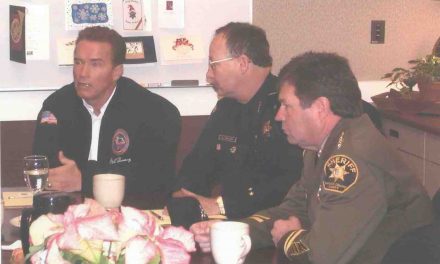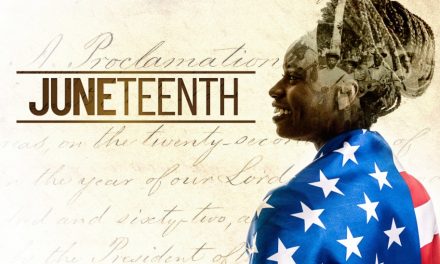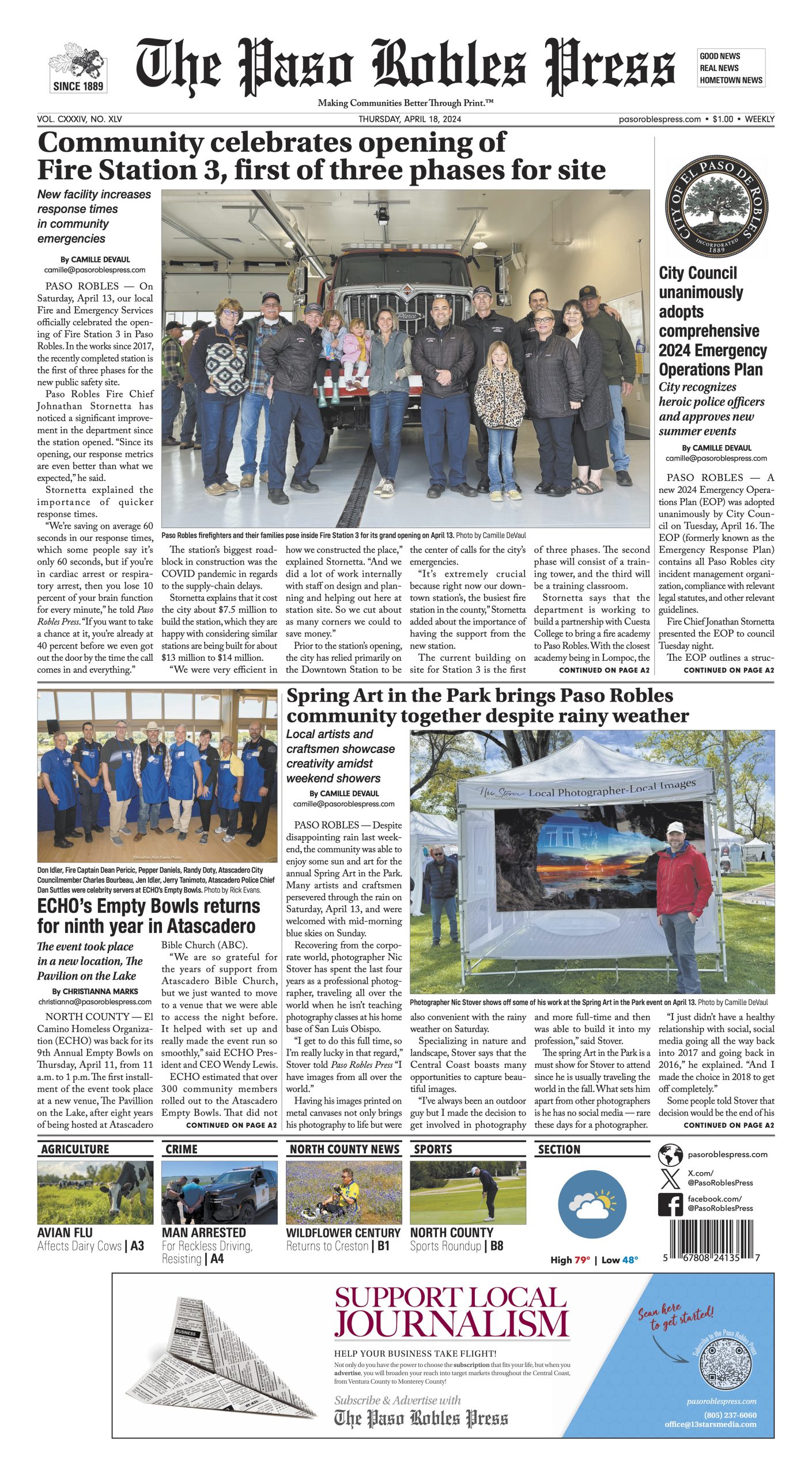The Fourth of July traditions of Independence Day celebrations go back to the 18th century and the American Revolution. However, the celebrations today look nothing like they did back then.
Amid the Revolutionary War, the Continental Congress voted in favor of independence on July 2, 1776. Two days later, delegates from the 13 colonies adopted the Declaration of Independence, a historical document like none other drafted by Thomas Jefferson that would shape the nation we are today.
The Revolutionary War began in 1775, arising from growing tensions between residents of Great Britain’s 13 North American colonies and the colonial government, which represented the British crown. Tension between British troops and colonial militiamen in Lexington and Concord in April 1775 ignited the armed conflict. By the following summer, the rebels were waging a full-scale war for their independence. France entered the American Revolution on the side of the Americans in 1778, turning what had essentially been a civil war into an international conflict. After French assistance helped the Continental Army forced the British to surrender at Yorktown, Virginia, in 1781, the Americans effectively won their independence, although fighting did not formally end until 1783.
The strained relationship between Americans and the British authorities began more than a decade before the outbreak of the American Revolution.
The French and Indian War, or Seven Years’ War (1756-1763), brought new territories under the crown’s power, but the expensive conflict led to new and unpopular taxes. Attempts by the British government to raise revenue by taxing the colonies — notably the Stamp Act of 1765, the Townshend Acts of 1767, and the Tea Act of 1773 — were met with heated protest among the colonists, who resented their lack of representation in Parliament and demanded the same rights as other British subjects.
In response, a group of colonial delegates (including George Washington of Virginia, John and Samuel Adams of Massachusetts, Patrick Henry of Virginia, and John Jay of New York) met in Philadelphia in September 1774 to voice their grievances against the British crown.
This First Continental Congress did not go so far as to demand independence from Britain; however, it denounced taxation without representation, as well as the maintenance of the British army in the colonies without their consent. In addition, it issued a declaration of every citizen’s rights, including life, liberty, property, assembly, and trial by jury. The Continental Congress voted to meet again in May 1775 to consider further action, but by that time, violence had already broken out.
On the night of April 18, 1775, hundreds of British troops marched from Boston to nearby Concord, Massachusetts, in order to seize an arms cache. Paul Revere and other riders sounded the alarm, and colonial militiamen began mobilizing to intercept the Redcoats. On April 19, local militiamen clashed with British soldiers in the Battles of Lexington and Concord in Massachusetts, marking the “shot heard round the world” that signified the start of the Revolutionary War.
When the initial battles in the Revolutionary War broke out in 1775, few colonists desired complete independence from Great Britain, and those who did were considered radical.
By the middle of the following year, however, many additional colonists had come to favor independence, thanks to growing hostility against Britain and the spread of revolutionary sentiments such as those expressed in the bestselling pamphlet “Common Sense,” published by Thomas Paine in early 1776.
“Common Sense” was a pamphlet setting forth the argument in favor of American independence. Pamphlets were an important medium for the spread of ideas and information in the 16th through 19th centuries. “Common Sense” played a remarkable role in transforming a colonial squabble into the American Revolution.
On July 4, 1776, the 13 colonies claimed their independence from England, an event that eventually led to the formation of the United States of America. In a June 7 session in the Pennsylvania State House (later known as Independence Hall), Richard Henry Lee of Virginia presented a resolution with the famous words: “Resolved: That these United Colonies are, and of right ought to be, free and independent States, that they are absolved from all allegiance to the British Crown, and that all political connection between them and the State of Great Britain is, and ought to be, totally dissolved.”
The 13 colonies included New Hampshire, Massachusetts, Connecticut, Rhode Island, New York, New Jersey, Pennsylvania, Delaware, Maryland, Virginia, North Carolina, South Carolina, and Georgia. It was those colonies that came together to form the United States of America.
Though the movement for American independence effectively triumphed at the Battle of Yorktown, contemporary observers did not see that as the decisive victory yet. British forces remained stationed around Charleston, and the powerful main army still resided in New York. Though neither side would take decisive action over the better part of the next two years, the British removal of their troops from Charleston and Savannah in late 1782 finally pointed to the end of the conflict. British and American negotiators in Paris signed preliminary peace terms in Paris late that November, and on September 3, 1783, Great Britain formally recognized the independence of the United States in the Treaty of Paris. At the same time, Britain signed separate peace treaties with France and Spain (which had entered the conflict in 1779), bringing the American Revolution to a close after eight long years.
After the Revolutionary War, Americans continued to commemorate Independence Day every year, in celebrations that allowed the new nation’s emerging political leaders to address citizens and create a feeling of unity. By the last decade of the 18th century, the two major political parties—the Federalist Party and Democratic-Republicans—that had arisen began holding separate Fourth of July celebrations in many large cities.
As we look back on our history, we as Americans continue to fight for our independent freedoms. As history shows, we evolve, grow, and become better. At times, however, we can regress and move backward.
That does not equal success; that is not progress. You cannot measure success in reaching the top of the mountain but in continuing the climb. If it was going to be easy, someone would have already done it. What are you doing today to make a difference? As you celebrate your independence and that of our nation, please think about what good and honest work you will commit to ensuring freedom for the next generation.
We wish you a very safe and meaningful Independence Day.
President Reagan’s Address to the Nation on Independence Day – 7/4/86













